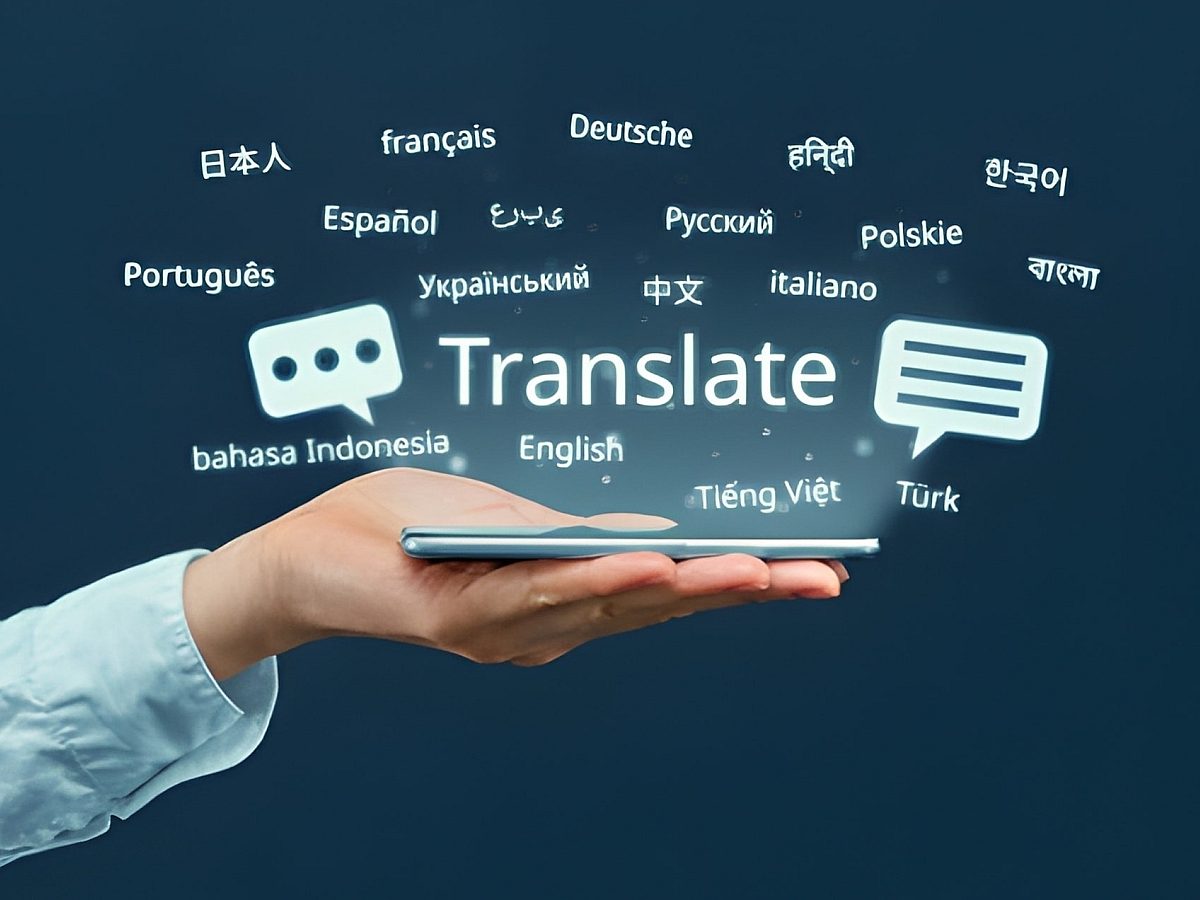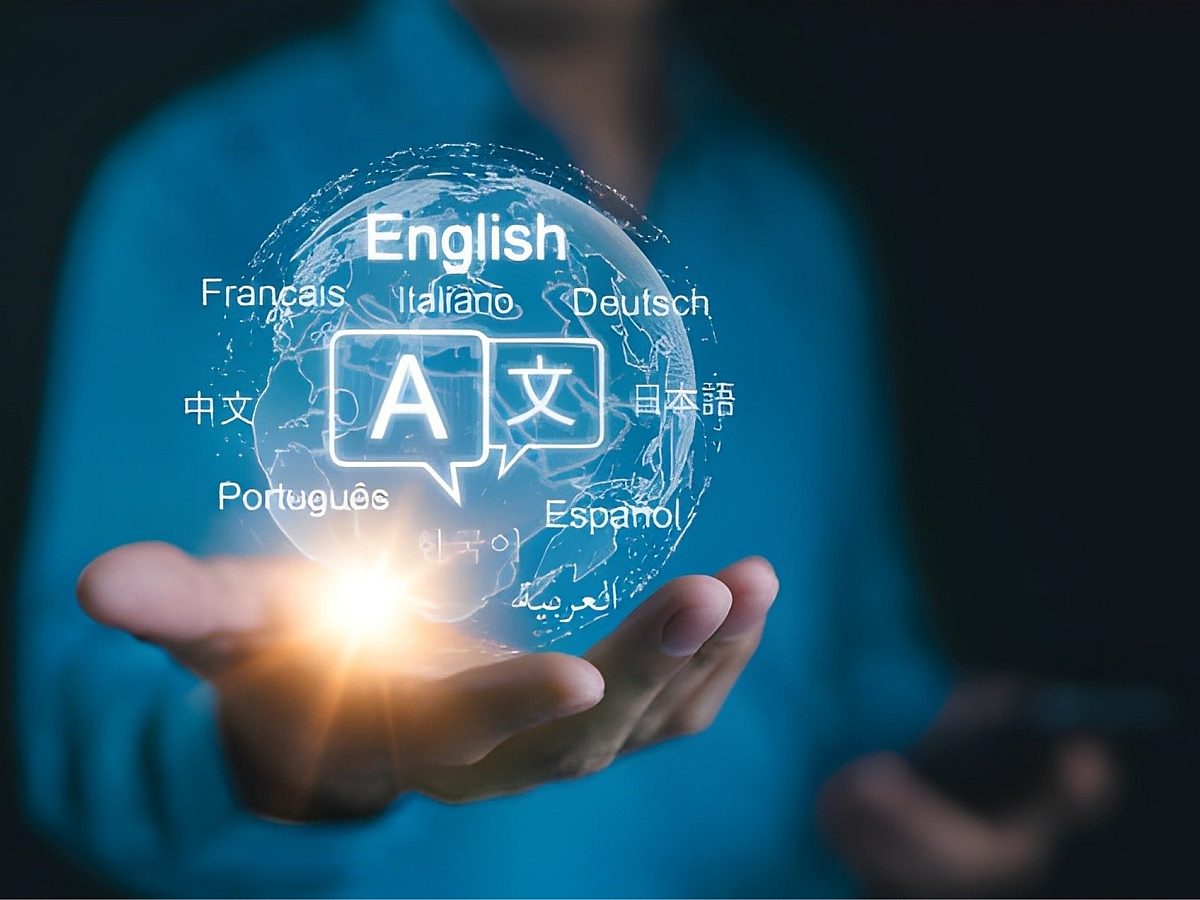Delivering HR training across countries requires clear, accurate, and culturally relevant content. Policies, compliance programs, onboarding materials, and development modules must be understandable to prevent confusion, disengagement and compliance risks.
Without proper translation and adaptation, training can create confusion, reduce engagement, and increase compliance risks. Employees may misinterpret procedures, overlook important policies or fail to apply lessons effectively, which can impact overall performance and consistency across the organization.
Global HR teams must plan content with localization in mind, ensuring that language, examples, visuals, and multimedia elements all align with local workplace norms and in-country regulations. This proactive approach makes training more effective and strengthens workforce performance worldwide.
The Challenges of Global HR Training
HR content often contains country-specific terms, policies, and examples. For instance, benefits modules may reference retirement plans, health coverage or leave policies that don’t exist in other regions.
Without proper adaptation, employees may misinterpret instructions or feel disconnected from the training.
Cultural differences affect understanding. A US-based performance review scenario emphasizing hierarchical feedback may confuse teams in countries with flatter workplace structures.
- Multimedia content adds complexity. Videos and interactive eLearning modules require:
Subtitling and voiceover adaptation
Layout adjustments for translated text
Ensuring interactive elements remain functional and clear
Where Accuracy Is Critical
Certain HR content requires accurate translation to avoid misunderstandings and compliance issues:
Compliance and regulatory training: Employee conduct, anti-discrimination policies, and workplace safety procedures.
Benefits and compensation information: Health insurance, retirement plans, and local labor law references.
Onboarding programs: Job expectations, company policies, and procedural instructions.
Even minor errors can cause employees to misapply policies or fail to meet local compliance requirements.
How Localization Makes Training Work
Localization adapts language, examples, visuals, and scenarios to align with cultural norms, workplace structures, and legal requirements.
For example, a leadership training video may need different scenarios depending on local managerial practices. Similarly, benefits modules might require rewriting examples to reflect local regulations and terminology. These adaptations make training understandable and relevant to employees in every region.
Integrating Technology for Global Reach
Modern HR training relies heavily on eLearning, videos, and interactive modules. To ensure consistent and accurate content across languages:
Use translation memory and glossary management to maintain uniform terminology.
Apply AI-assisted workflows to speed up translation without compromising quality.
Design flexible multimedia layouts so text expansion does not disrupt visuals, captions remain aligned, and interactive elements function correctly.
Integrate accessibility features such as multilingual subtitles, alt text, and localized voiceovers to meet global compliance standards and support all learners.
Planning for Updates and Changes
HR content is constantly evolving, with policies, compliance rules, and training materials frequently updated. To keep global training accurate:
Ensure translations stay synchronized with the latest source content.
Establish a workflow for continuous updates across all languages and formats.
Regularly review localized content to prevent inconsistencies and confusion, ensuring employees worldwide have access to the most current information.
How Wolfestone Group Supports HR Teams
Wolfestone Group helps HR departments make their global training effective with::
Culturally fluent translators who adapt content to reflect local norms and workplace practices.
HR and compliance specialists to ensure terminology and policies are accurate in every region.
Full localization services including DTP, subtitling, and eLearning adaptation.
Integrated workflows that embed translation early in the training development process.
These services ensure HR training is accurate, culturally relevant, accessible, and engaging worldwide.
👉Learn how Wolfestone Group can support your global HR training on our Translation Services page
Final Word
Global HR training works best when content is accurately translated and culturally adapted. Employees across regions must clearly understand policies, compliance requirements, and training objectives to perform effectively and stay aligned with company standards.
Tailored, precise training strengthens engagement, ensures consistency, and supports a productive international workforce. Investing in well-adapted training helps HR teams build trust, improve knowledge retention, and drive better performance across global teams.
👉 Ready to ensure your HR training works globally? Contact Wolfestone Group today.







